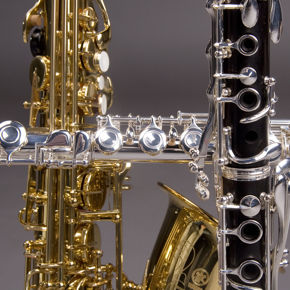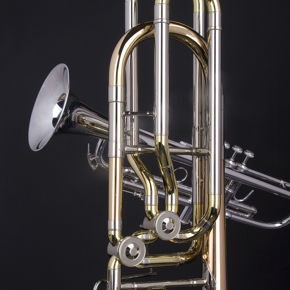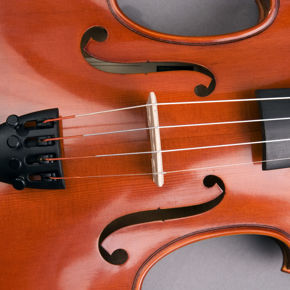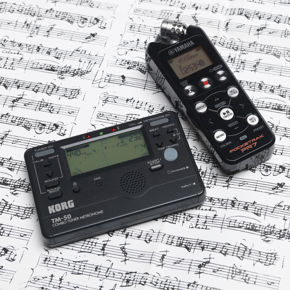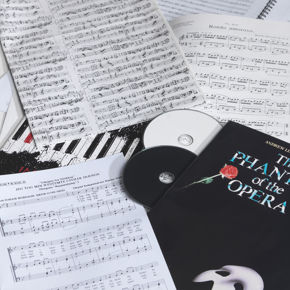4'33'' (Original Version in Proportional Notation) John Cage. Any instrument
Tilgjengelighet: På lager
Comments
This is Cage's famous silent piece. Although composed in 1952, he had already thought about it as early as 1948, where he mentions it as 'Silent Prayer' in his article A Composer's Confessions. In the work, no intentional sounds are made during its duration. The first version of the work contains 3 movements lasting 33", 2'40" and 1'20", each chance determined. Later on Cage reworked the piece, creating a wholly different composition from the original. Much has been written about 4'33" and about Cage's ideas behind its silence. Two of the most prevalent ideas are that 1. Silence does not exist. One simply should listen and open one's ears. 2. Silence is a means to separate tones and chords, in order to avoid melodic interpretations to the relationships between and among sounds. However, according to David Tudor, as quoted in interview materials contained in Peter Dickinsons Cage Talk (2006) 433 was for Cage a simple and quite natural extension of his use of chance operations applied to sounds and silences in composition, with silences, in this case, comprising the entire gamut of materials at his disposal.
Alt. Title
4:33, Four Thirty Three, Four Minutes Thirty Three Seconds
Date
Composed in 1952. Premiered in Woodstock, N.Y., August 29, 1952.
Ensemble Type
Indeterminate
Work Length
four minutes thirty-three seconds.
Dedicatee(s)
Irwin Kremen

